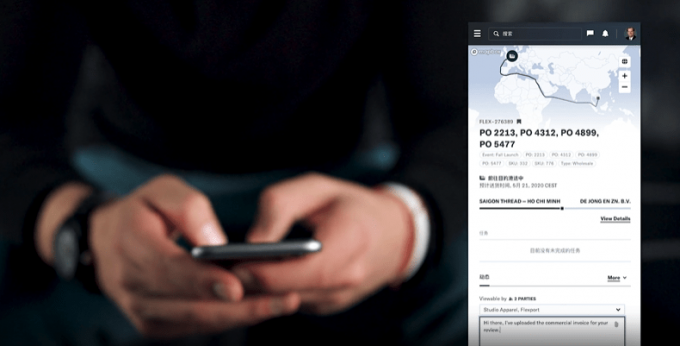Flexport: Sanne Manders talks profitability, fire-sales and Dave Clark
Flexport remains the forwarder everyone loves to hate – except many of the people that ...

As the row between ‘digital’ and ‘traditional’ forwarders rumbles on, the most famous digital forwarder has upped its game for customers.
One of the key differences between the legacies and start-ups is not the use of technology itself, but in their approach to using technology for ...

Comment on this article
David Snell
June 11, 2020 at 2:20 pmWhat a load of twaddle….
Mark
June 14, 2020 at 4:38 pmGround breaking…..
These include five new modules which help calculate carbon emissions and duty drawbacks, as well as relay information on shipments, provide industry news and Covid-19 updates. And all of it is optimised for mobiles.